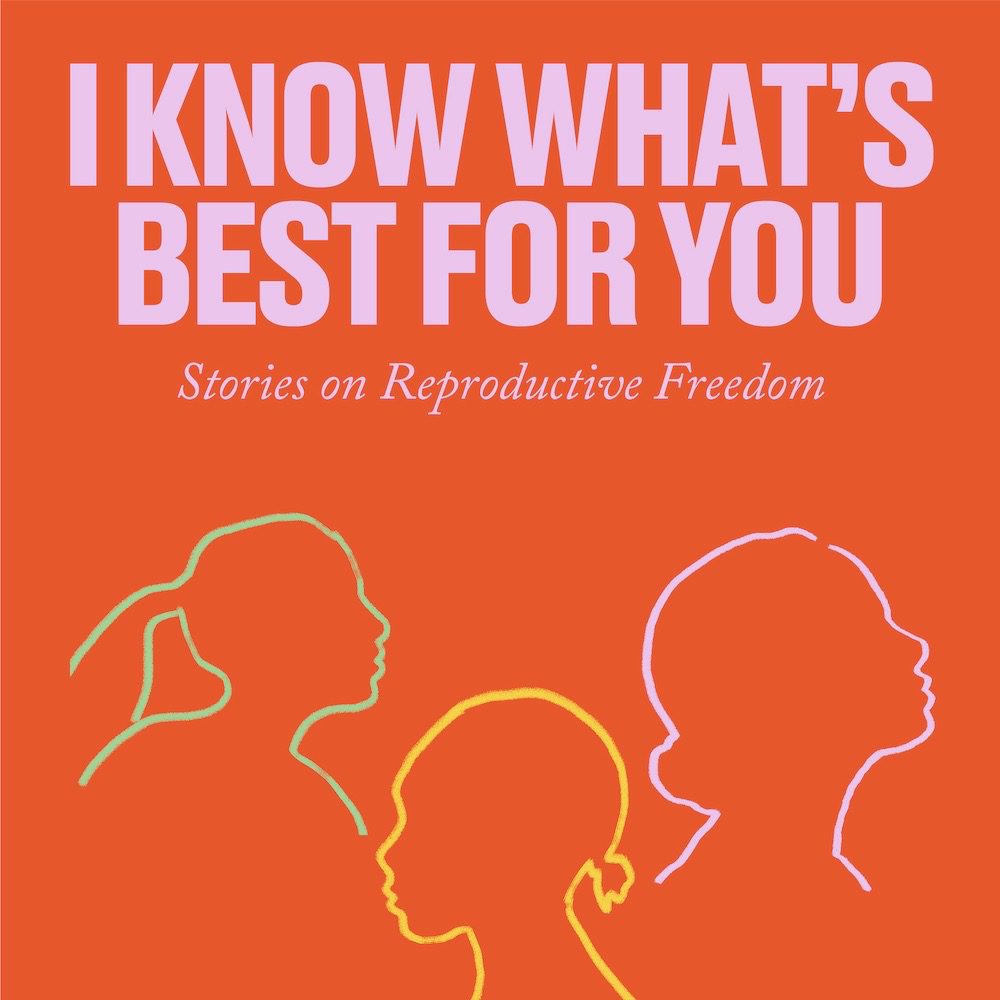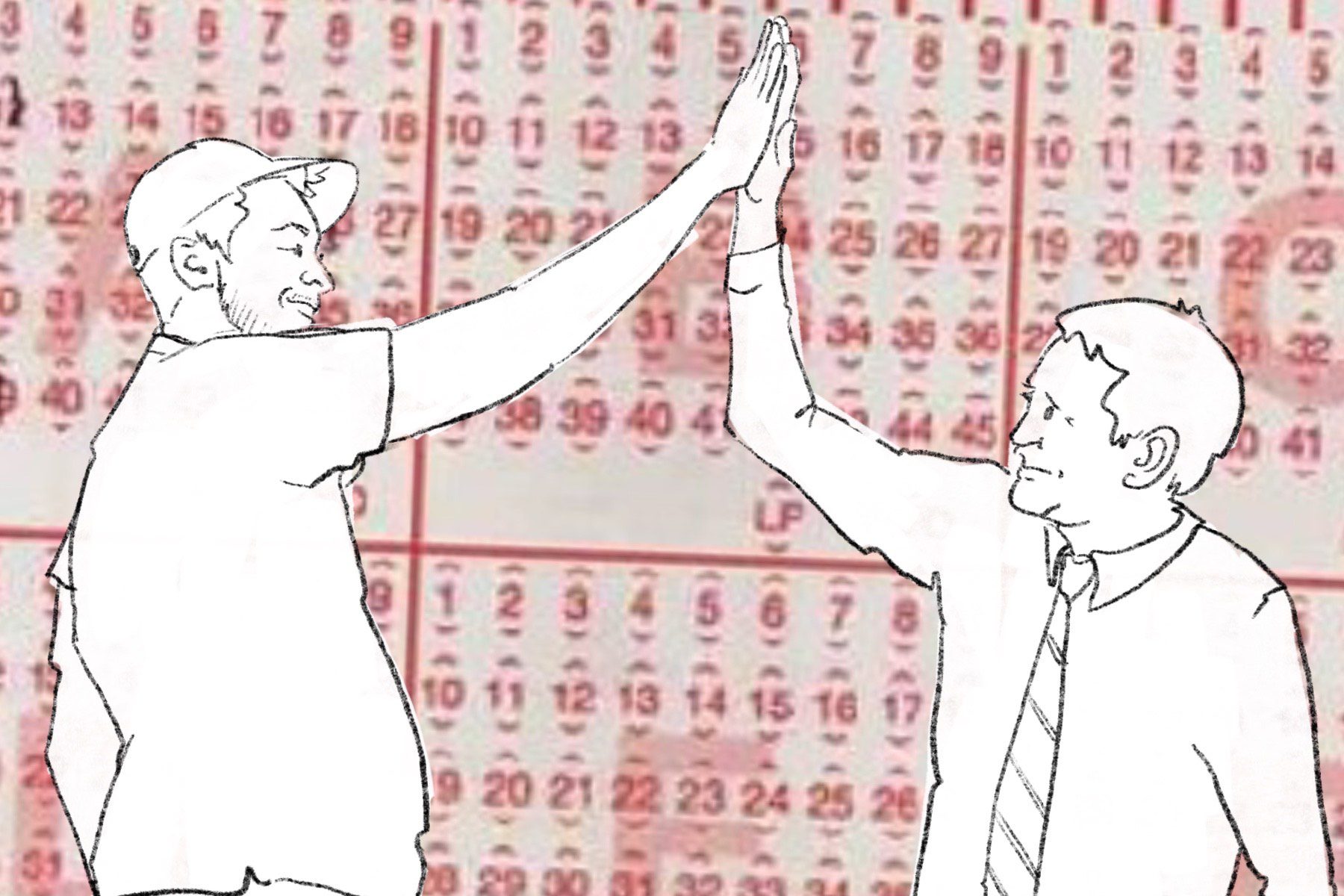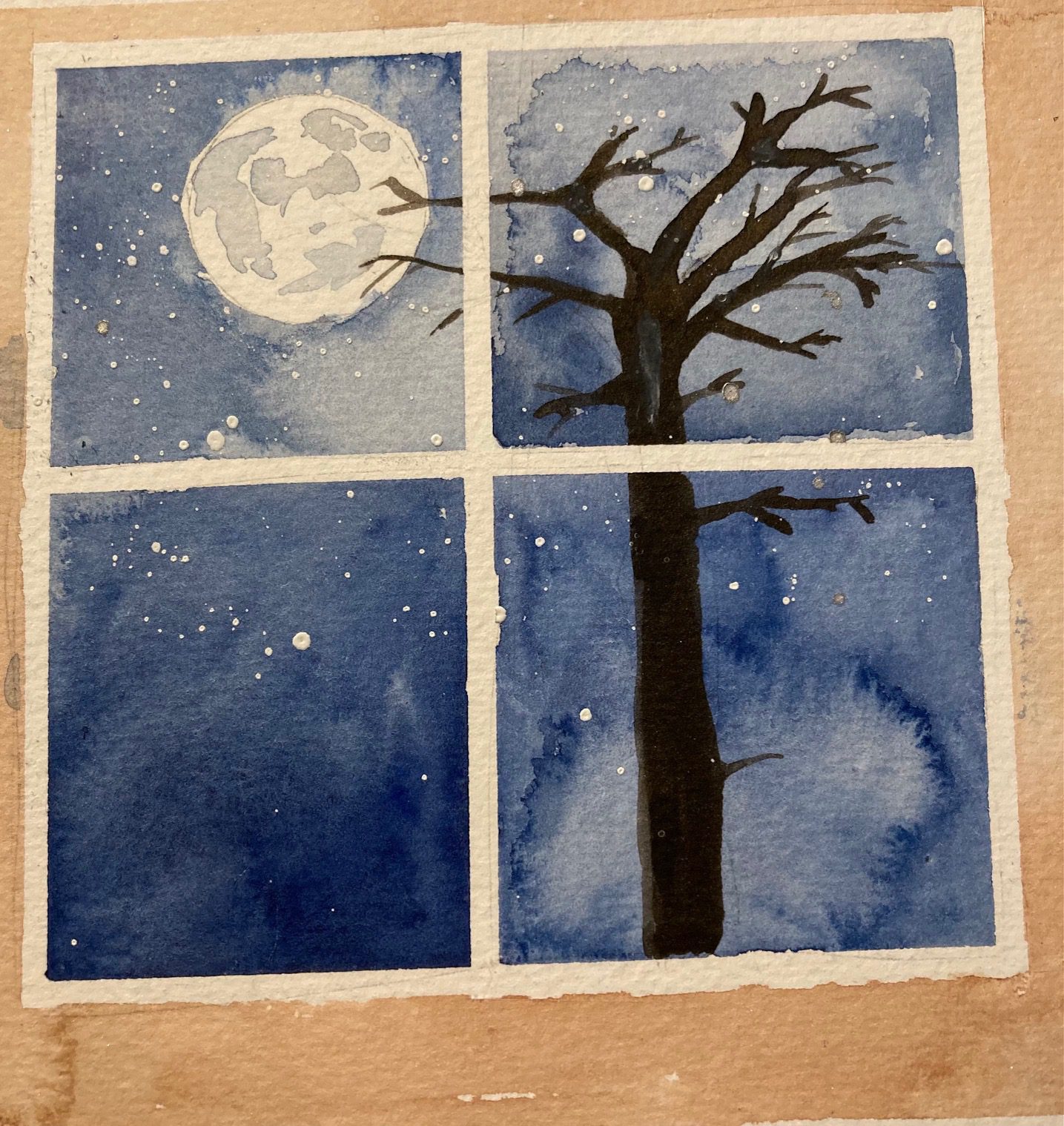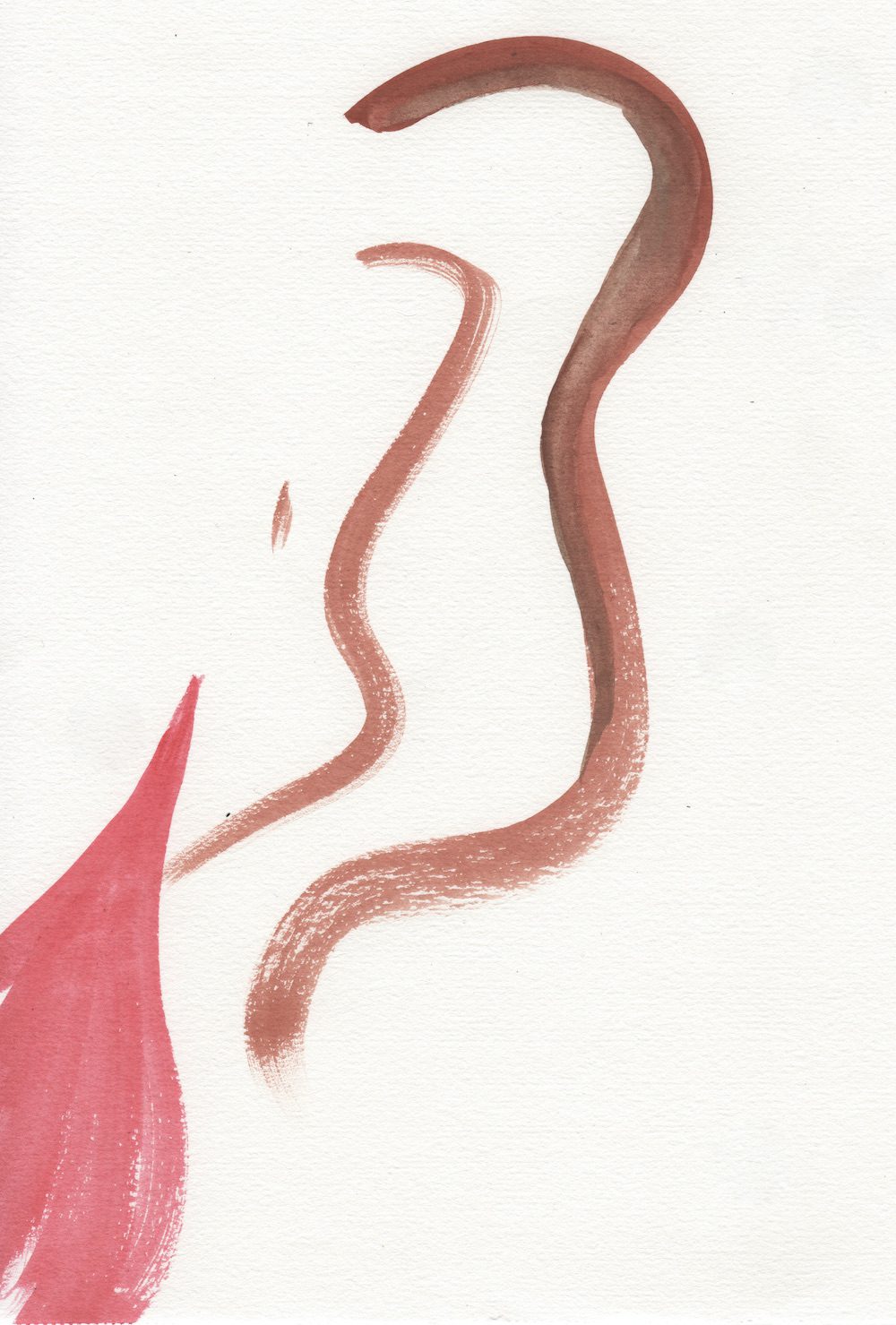
I am the victim and perpetrator of my own identity theft.
No, I haven’t scuttled my own credit history: my self-victimization started slowly. I have been betrayed—at first—by the color green.
I once prized green not only in the parcel lawns of my modest neighborhood north of Chicago, and not only in the forest canopy bordering Lake Michigan—as backdrop to the prairie explosion of lesser colors—but also around the hazel pupil-ring of my eyes. I looked inside myself each day, and my essence, on some inexpressible level, was green.
Now, and this is difficult to admit, but I must face facts: Blue is my favorite color. Why? I am under constant assault from my two daughters’ bewitching power to magically resituate my otherwise stable band of preferences. Yet I never suspect, even for a moment, that such basic “facts” of my own identity such as color preference might be open to at best revision, and at worst complete erasure.
My daughter Athena often, perhaps too often, asks me to describe an incident that occurs when she is two: Exhausted from the never-ending service duties we call parenting, I mistakenly serve her a bowl of strawberries under the wrong name: “Enjoy these blueberries!” Then, with over-the-top theatrics, she runs with the error.
In endless repetition, she makes me relive this experience. She laughs with each telling, repeating the transformation on whatever fruits are at hand. This culminates one day at the park. I lift her high atop a large climbing rock. She turns to me in due seriousness: “Is blue your favorite color, Daddy?”
As sure as the clear pastel sky hangs above our reverie, I have changed. Not only this— traitorous green—but also I am forced to the appalling conclusion that because my basic tastes are unstable, I am therefore quite possibly not myself at all.
To be fair, I never subscribe to the complete stability of one’s personality. I teach postmodernism in my professorial role, informing my charges that (according to troves of deconstruction-inspired theory) everything they believe is actually a social construction. That’s right, you in the back of the classroom, your hipster cool is as much a social construct as preppy boy’s future-finance-executive pose in front. You two may disagree on almost everything, and that is your right…as consumers, niche-marketed into purchasing the illusion of free will, rebellion, and choice!
Ha. Take that.
And yet instead of performing such poststructuralist arabesques from the cool distance of the classroom, recent events suggest discomfiting ideas. Sure, I might “evolve” on a political issue (this seems to be in fashion), or I might try a new food—say kimchi—and I have always considered this change made through accumulation. Yes life, there are more things to add to my pleasure.
This color switch, though, becomes a harbinger of darker changes to come. Forget colors, even the most important experiences of my life may in fact be completely meaningless.
To whit: I start an essay, delayed for years: a Proustian re-visitation of my most formative experience. In 6th grade, my family moves to a new school outside Allentown, PA, and I become the target of vicious bullying. I fall into years of despondency, discover Kafka, and finally emerge through what I always told myself was the conflation of sympathetic community response to anti-Semitic graffiti on my garage, and my own emerging adolescent sense of agency.
Yet when I begin to write about these years, I am confronted by a profound emotive problem. The memories are still accessible, yes, but in a manner startlingly foreign to the pain I carried, Christ like, into adulthood. I can still recall specific moments, many in fact, where small gangs pilloried me into a state of humiliation so total as to have all-but-obliterated my person, yet I can not make myself feel any bit of it, really, in a manner more intense that I might recall where I took an unremarkable vacation.
I have moved on from my victimization without really trying, despite the fact that–at least for the sake of the essay I want to write–I don’t want to be healed.
I also long promised myself—swore on the very fiber of my being—that I would never forget. I remember swearing thusly at another moment of symbolic emergence from those years of taunting. I dress for 9th-grade Halloween in a giant cardboard nose in order to counter the lead tormentor who I had secretly spied picking his nose and eating the evidence. His costume, I have been tipped off in advance, is a caricature of me, designed for maximum parody. On Halloween morning, I douse a cardboard finger in rubber cement to accompany the nose—a mucal coup de grâce—and delight in my enemy’s immediate apology and capitulation during first period.
Now, though, I am forced to this appalling conclusion. It’s all becomes a bad movie, and I am the child star. Further, who’s to say that my entire victimization wasn’t as seemingly transient, fickle, and amorphous as my lost love for the color green?
These circumstances are additionally worrying because I speak each day with the model of complete transformation that is my father, a 7-year survivor of terminal brain cancer—Glioblastoma multiforme. Until Dec 5, 2006, my dad is a hard-charging finance executive, born in Brooklyn but self-exiled for work to St. Louis. He screams at the television while watching his beloved New York Jets and never misses an opportunity to state his opinion as if it were source material for the Ten Commandments. This is a man who calls Nescafé to complain when they altered the packaging of his favorite, their Taster’s Choice instant coffee, berating the poor phone operator about the idiocy of the design alteration (result: they ask him to test a future package); this is a man who decided, in the early days of his brain tumor, that he should call an Jewish organization in Washington, D.C. to let them know—in no uncertain terms—that the only reason evangelicals support their cause and the state of Israel is to pave the way for their version of the Second Coming.
Years later, my father spends his days battling considerable aphasia and memory loss, unable to work, drive, read or write (his official mark in an “X”). He is the target market for the 24-hour news channels, which he watches for the repetition that allows him to grasp the main details; he suffers from a recurring C. difficile infection and seizures; he is dependent on his cane and marked by the Gorbachev-like splotch on his skull.
He is a completely different person. He says “I love you” more in one week than he has in my entire life up until his illness, and kisses me when I lean close to give him a hug. He asks me the same things over and over, and I try to respond with patience and understanding and love, realizing that his mind has become a tape loop where repetition breeds security.
As I repeat stories to my father, and to my daughters, I must now deal with interruption to what I thought was my own story. This is difficult to admit, but I must face facts: I never liked the color green. I was never the victim of bullying, or not in a way that matters now. I speak to a man every day, my father, who is not the same person who raised me.
I must deal with anxiety in extremis, especially when following this logic forward: I may one day dump blue for another color. I may one day not be the father who raised my daughters.
I may no longer even be me.
Maybe, I never was.
*photo credit: Andi Olsen




